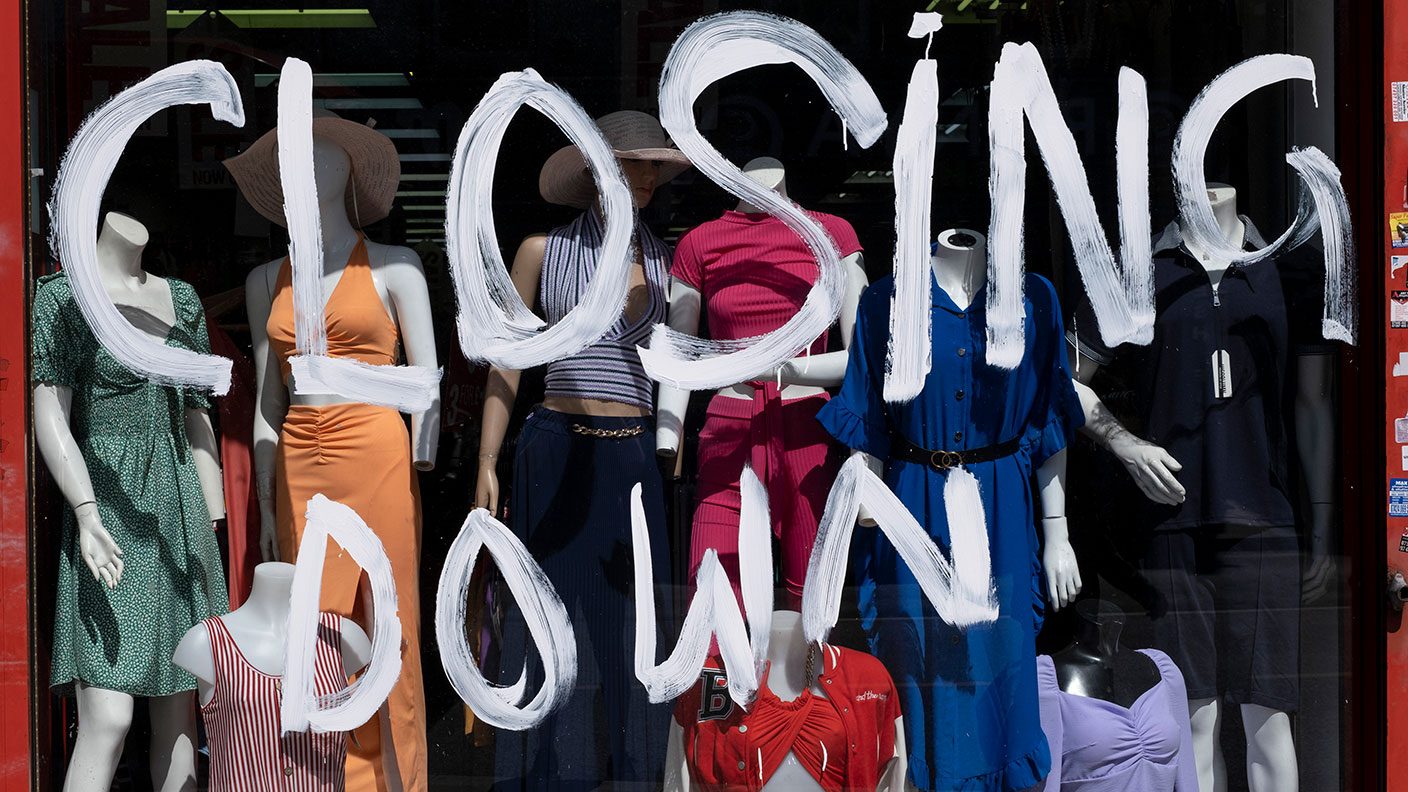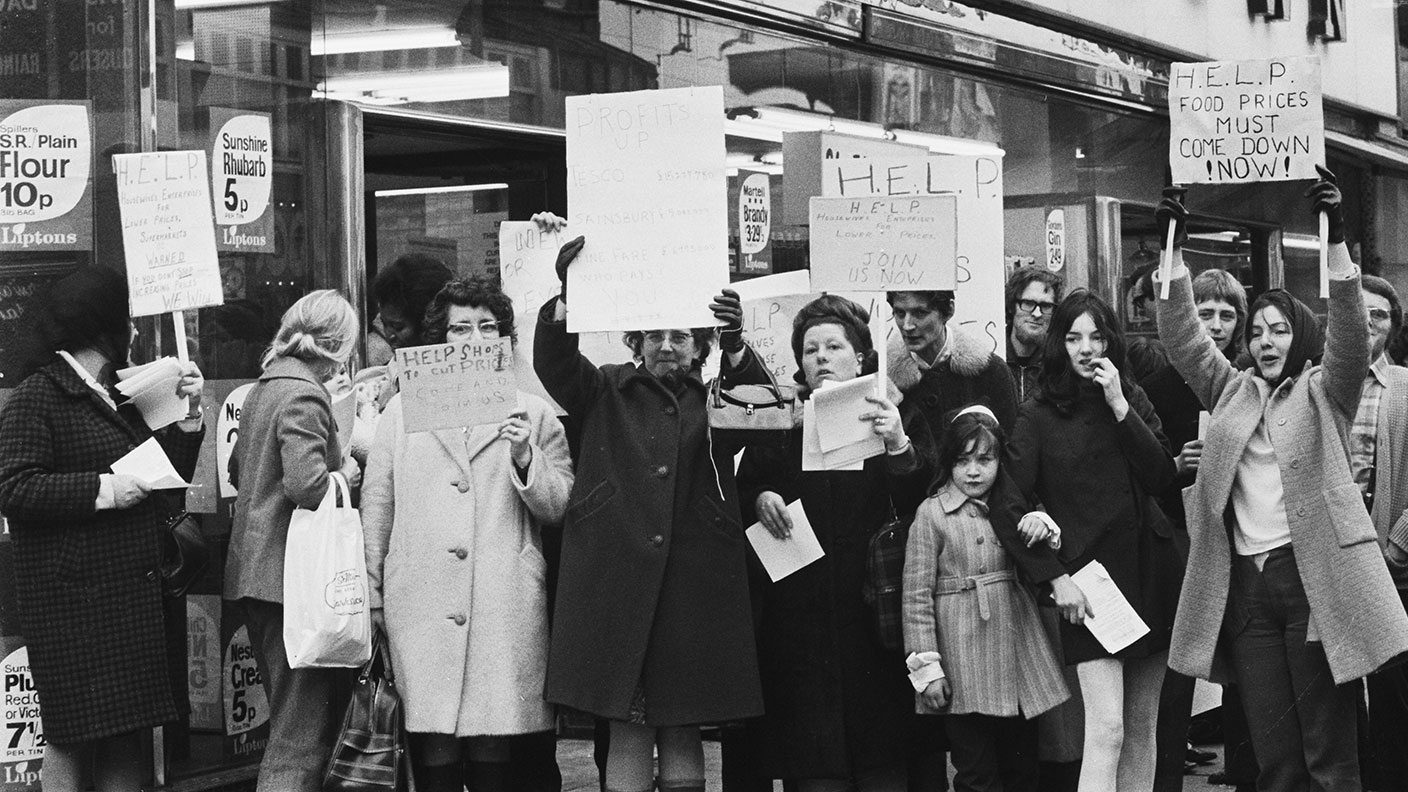The trade of the decade - buy a hill farm
The price of lamb and the price of wool are both on the move. So is the smart place for your money now a hill farm?

I asked a smart hedge fund manager a few weeks ago what he would buy if he could just buy one thing and hold it for ten years.
I ask them all the same thing and they usually give similar sorts of answers (usually some combination of Asian currencies). This man was the first one to ever say "a hill farm."
His reasoning was simple. The biggest costs for the average farmer are fertilisers and feeds. But hill farmers don't use much of either of these. Mostly, their sheep just make do.
MoneyWeek
Subscribe to MoneyWeek today and get your first six magazine issues absolutely FREE

Sign up to Money Morning
Don't miss the latest investment and personal finances news, market analysis, plus money-saving tips with our free twice-daily newsletter
Don't miss the latest investment and personal finances news, market analysis, plus money-saving tips with our free twice-daily newsletter
They don't use that much equipment either: if you aren't feeding and fertilising, you don't need the same kind of £70,000 tractor as the grain farmers in the valleys. So while everyone else might be whining about the fast-rising price of a tractor tyre, you probably aren't much bothered.
The problem, of course, has long been that while raising sheep on wind-driven hills might not cost much, it doesn't make much in the way of profits either. Neither the lamb price nor the wool price participated much in the great commodity boom leading up to the Great Financial Crash.
On the plus side, things might now be improving a little. The lamb price has risen substantially over the last year so much so that there have been stories of sheep rustling in the Borders.
The wool price is finally on the move too in New Zealand at least. According to today's FT, the benchmark price of a kilo of wool has been around NZ$3-9 for the last two decades. But the first sales of the season this year have seen the price hit near on $15 a kilo.
Will that continue? It might well. Global wool production has been on a downward trend (along with prices) for a few decades, and inventories have been sold as traders have capitalised on high prices.
Now, says David Carter, the New Zealand Agriculture Minister, "there is nothing left". Farmers will build their wool-producing flocks back up to meet rising demand and prices, but that won't happen overnight. So prices should stay high for some time.
Which is why the "fashion industry is preparing to raise the price of men's suits by as much as 10% later this year". And another reason why it would be dangerous to assume that today's slightly lower-than-expected inflation number is the beginning of a trend.
Get the latest financial news, insights and expert analysis from our award-winning MoneyWeek team, to help you understand what really matters when it comes to your finances.
Merryn Somerset Webb started her career in Tokyo at public broadcaster NHK before becoming a Japanese equity broker at what was then Warburgs. She went on to work at SBC and UBS without moving from her desk in Kamiyacho (it was the age of mergers).
After five years in Japan she returned to work in the UK at Paribas. This soon became BNP Paribas. Again, no desk move was required. On leaving the City, Merryn helped The Week magazine with its City pages before becoming the launch editor of MoneyWeek in 2000 and taking on columns first in the Sunday Times and then in 2009 in the Financial Times
Twenty years on, MoneyWeek is the best-selling financial magazine in the UK. Merryn was its Editor in Chief until 2022. She is now a senior columnist at Bloomberg and host of the Merryn Talks Money podcast - but still writes for Moneyweek monthly.
Merryn is also is a non executive director of two investment trusts – BlackRock Throgmorton, and the Murray Income Investment Trust.
-
 The shape of yields to come
The shape of yields to comeCentral banks are likely to buy up short-term bonds to keep debt costs down for governments
-
 The sad decline of investment clubs – and what comes next
The sad decline of investment clubs – and what comes nextOpinion Financial regulation and rising costs are killing off investment clubs that once used to be an enjoyable hobby, says David Prosser
-
 House prices to crash? Your house may still be making you money, but not for much longer
House prices to crash? Your house may still be making you money, but not for much longerOpinion If you’re relying on your property to fund your pension, you may have to think again. But, says Merryn Somerset Webb, if house prices start to fall there may be a silver lining.
-
 Prepare your portfolio for recession
Prepare your portfolio for recessionOpinion A recession is looking increasingly likely. Add in a bear market and soaring inflation, and things are going to get very complicated for investors, says Merryn Somerset Webb.
-
 Investing for income? Here are six investment trusts to buy now
Investing for income? Here are six investment trusts to buy nowOpinion For many savers and investors, income is getting hard to find. But it's not impossible to find, says Merryn Somerset Webb. Here, she picks six investment trusts that are currently yielding more than 4%.
-
 Stories are great – but investors should stick to reality
Stories are great – but investors should stick to realityOpinion Everybody loves a story – and investors are no exception. But it’s easy to get carried away, says Merryn Somerset Webb, and forget the underlying truth of the market.
-
 Everything is collapsing at once – here’s what to do about it
Everything is collapsing at once – here’s what to do about itOpinion Equity and bond markets are crashing, while inflation destroys the value of cash. Merryn Somerset Webb looks at where investors can turn to protect their wealth.
-
 ESG investing could end up being a classic mistake
ESG investing could end up being a classic mistakeOpinion ESG investing has been embraced with enormous speed and zeal. But think long and hard before buying in, says Merryn Somerset Webb.
-
 UK house prices will fall – but not for a few years
UK house prices will fall – but not for a few yearsOpinion UK house prices look out of reach for many. But the truth is that British property is surprisingly affordable, says Merryn Somerset Webb. Prices will fall at some point – but not yet.
-
 This isn’t the stagflationary 1970s – but neither is it the low-rate world of the 2010s
This isn’t the stagflationary 1970s – but neither is it the low-rate world of the 2010sOpinion With soaring energy prices and high inflation, it might seem like we’re on a fast track back to the 1970s. We’re not, says Merryn Somerset Webb. But we’re not going back to the 2010s either.
